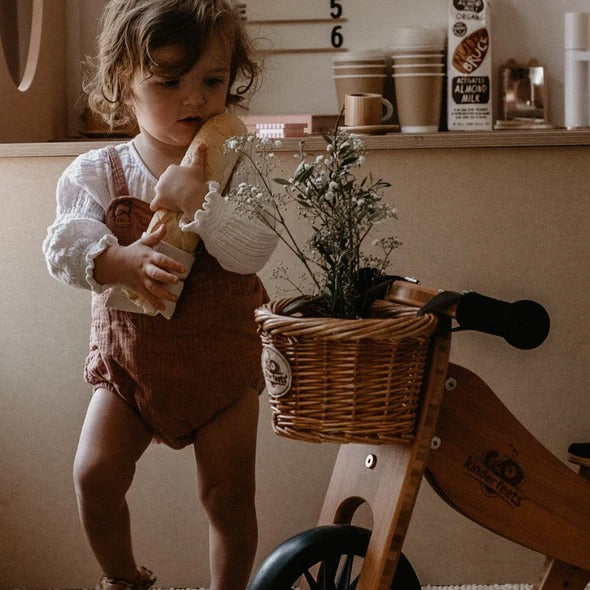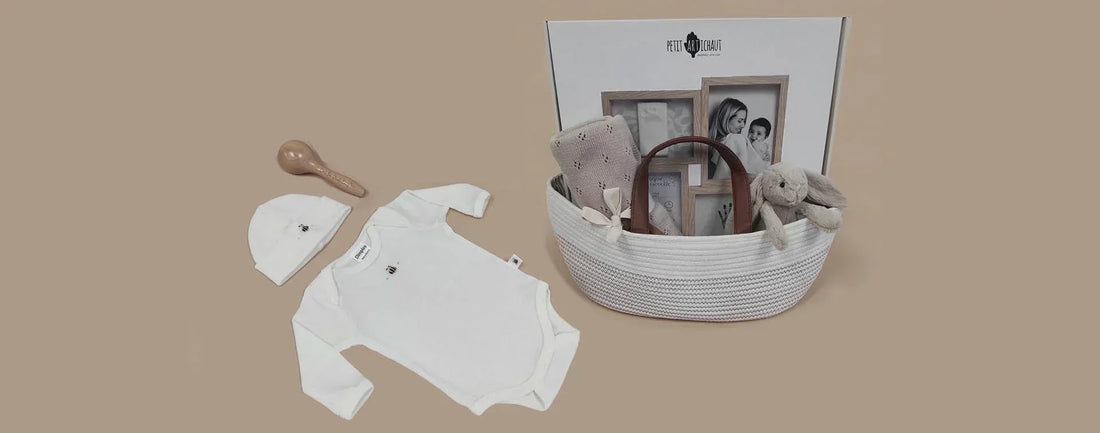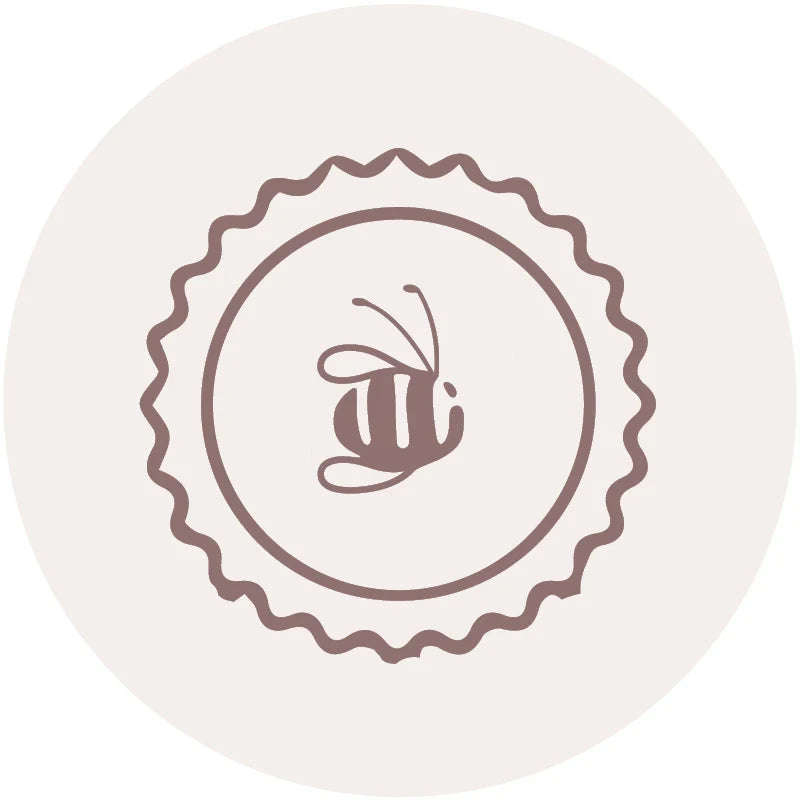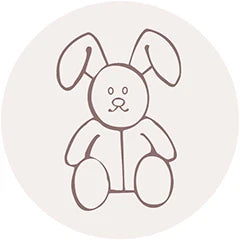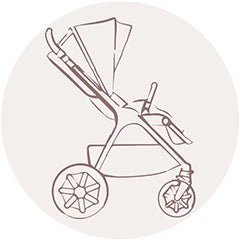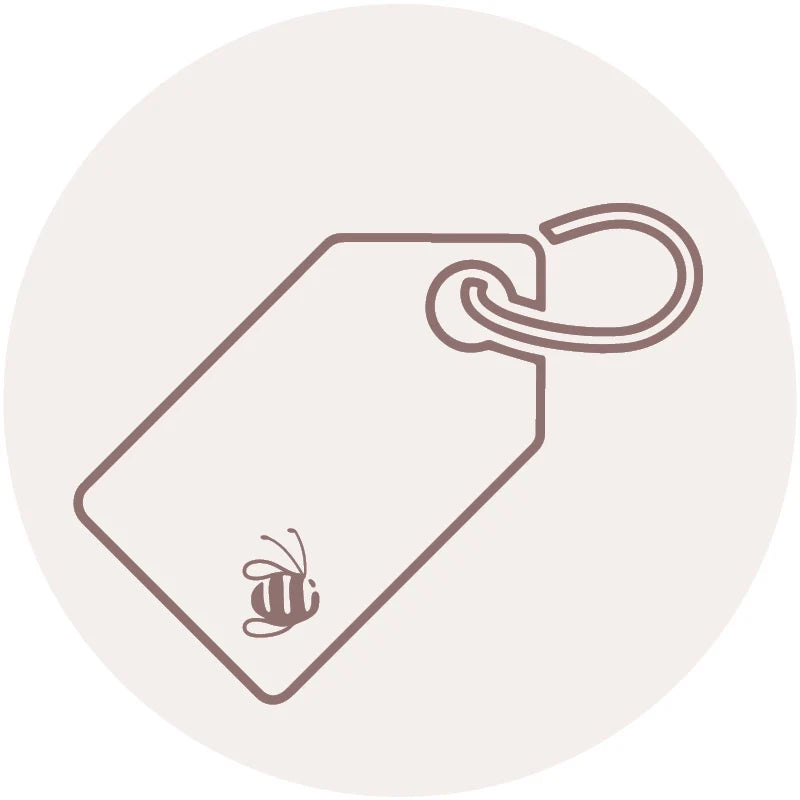Wicker Basket
Wicker Basket
SKU:KF018
Clothing Prem to 18 Months
| Size | Age Guide | Weight | Height |
|---|---|---|---|
| Premature | Premature or Small Newborn | Up to 4Kg | Up to 55cm |
| Newborn | 0-3 months | 4-6Kg | Up to 62cm |
| 3 Month | 3-6 months | 6-8Kg | Up to 68cm |
| 6 Month | 6-12 Month | 8-10Kg | Up to 76cm |
| 12 Month | 12-18 Month | 10-12Kg | Up to 84cm |
| 18 Month | 18-24 Month | 12-14Kg | Up to 92cm |
Clothing 2 to 6 Years
| Size | Age Guide | Height | Chest | Waist | Hip |
|---|---|---|---|---|---|
| 2 Year | 2-3 Years | Up to 100 cm | 56 | 51 | 58 |
| 3 Year | 3-4 Years | Up to 105 cm | 58 | 53 | 60 |
| 4 Year | 4-5 Years | Up to 110 cm | 60 | 55 | 62 |
| 5 Year | 5-6 Years | Up to 115 cm | 62 | 57 | 64 |
| 6 Year | 6-7 Years | Up to 120 cm | 64 | 59 | 66 |
Beanie Size Guide
| Size | Head Circumference | Age Guide |
|---|---|---|
| Premature | 31-35 cm | Premature or Small Newborn |
| Newborn | 35-40 cm | Newborn |
| Small | 40-43 cm | 3-6 Months |
| Medium | 43-47 cm | 6-18 Months |
| Large | 47-52 cm | 18-3 Years |
Sunhat Size Guide
| Size | Head Circumference | Age Guide |
|---|---|---|
| Newborn | 37-40 cm | Newborn |
| Small | 40-43 cm | 3-6 Months |
| Medium | 43-46 cm | 6-12 Months |
| Large | 46-49 cm | 12-24 Months |
| Xtra Large | 49-54 cm | 2-4 Years |
Sleep Pods Size Guide
| Size | Weight | Age Guide | Measurement(Back to Hem) |
|---|---|---|---|
| Newborn | 0-6 kgs | 0-3 Months | 60.5 cm |
| Small | 0-8 kgs | 3-6 Months | 66 cm |
Booties Size Guide
| Size | Age Guide |
|---|---|
| Newborn | 0-3 Months |
| Small | 3-6 Months |
| Medium | 6-12 Months |
| Large | 12-18 Months |
Pretty Brave Baby
| Foot Length (mm) | Insole Length (mm) | EU | UK | Age | INT |
|---|---|---|---|---|---|
| 95-104 | 110 | 16/17 | 2 | 0-6m | S |
| 104-114 | 118 | 18 | 3 | 6-12m | M |
| 114-123 | 127 | 19/20 | 4.5 | 12-18m | L |
| 123-137 | 142 | 21/22 | 5.5 | 16-22m | XL |
Pretty Brave 1st Walker
| Foot Length (mm) | Insole Length (mm) | EU | UK | Age |
|---|---|---|---|---|
| 114-120 | 125-128 | 19 | 3 | 1 yr |
| 120-126 | 132-135 | 20 | 3.5 | 1-2 yrs |
| 126-132 | 138.5-141.5 | 21 | 4.5 | 1-2 yrs |
| 132-138 | 145-148.5 | 22 | 5 | 2 yrs |
Crywolf Swim Nappy
| Size | Length (waist to crotch) | Crotch Width (side to side) |
|---|---|---|
| 0-1 yr | 1-2 yrs | |
| 37 | 38 | |
| 14.5 | 15.5 |
Crywolf Rash Suit
| Size | Length (back neck to crotch) | Chest (arm to arm) | Waist (side to side) | Sleeve (neck to cuff) | Neck Opening(diameter) |
|---|---|---|---|---|---|
| 6-12 Months | 1 yr | 2 yrs | 3 yrs | ||
| 40 | 42 | 44 | 46 | ||
| 25 | 26 | 27 | 28 | ||
| 24 | 25 | 26 | 27 | ||
| 30 | 31.5 | 33 | 34.5 | ||
| 13.25 | 13.25 | 13.8 | 14.3 |
Out of stock
Couldn't load pickup availability
Overview
Overview
Riding in style reaches a new level with the Kinderfeets handwoven Wicker Basket! With this super cute bike attachment, your child will be able to take their favorite assortment of toys, games, stuffed friends, and newfound treasures everywhere they go. Adjustable faux leather straps add to the classic style and function, attaching to any Kinderfeets' bikes but also many other brands.
Made from sustainable wood from renewable forests and finished with tested and certified non-toxic glue and a water-based lacquer, our Wicker Basket is a safe and eco-friendly product.
Technical Specification
Technical Specification
Delivery and Returns
Delivery and Returns
- Delivery: Free within NZ on orders over $100 (excluding bulky items) or $8 standard shipping
- Returns: Accepted within 14 days of receipt with proof of purchase
- Some items are excluded from returns including sale items, hardware, car seats, prams, monitors and personal items - please click here for the full list.
Share this product
Recently Viewed Products
Related Blogs
Encouraging play time with your little one
Encouraging play time with your little one Playtime with your children is one of the most powerful ways to contribute to your child’s development. It is so important to have these playful interactions with your little one early on in the Newborn stage. To build a connection between you and your Newborn this form of interaction doesn’t require much more than using your face, voice and body to keep them entertained. You will begin to learn more about one another and start to see you baby’s personality come to light. You may feel in the beginning as if this form of play is a little one sided, however through these interactions you are helping with their cognitive and sensory development. They are beginning to build connections in their brains which will help them to understand different words. Beginning by making funny faces and smiling, singing, telling nursery rhymes, and reading to them are all the simplest and most effective ways to interact with baby. Introducing your baby to new materials that they can touch and move around is another great way to stimulate their brains. Allowing them to do things as simple splashing around water during bath time is a great way of helping them to explore their senses. During these early stages of development you are the most important tool for your baby’s entertainment however Dimples also sells a range of interactive toys in various forms to aide when it comes to play time between you and your little one. Toys to add when it is play time. The Jelly Cat books follow delightful little characters through a variety of different stories. Story time with your little one is a great way to interact and stimulate their mind. Changing the pitch and tone of your voice will help with baby making different connections in their brain. Play time can require a lot of energy for baby so you will notice they can quickly get tired. Baby will signal they are getting tired by looking away from you, they may become disinterested or even grumpy. After your baby is rested, they will signal when they are ready to play again by looking towards you, making noises as well was wiggling their arms and legs about. Evolving play time as your child grows As baby grows up, they are learning more every day. They are beginning to develop new skills therefore it is important to evolve your playtime routine. Between the ages of one and two your toddler will begin to explore the world and will begin to gain more of an idea on how things work. During this age it is great to have a balance between structured and unstructured play. Unstructured play is allowing your child to explore what strikes their own interest. It is through unstructured play where you will learn the most about your child and what they are attracted to. Here it is best to take a step back and watch your little one’s imagination grow. Structured play is a great way for you child to learn in a more organised setting, this may involve activities such as swim lessons, musical groups, dance classes. Structured play will help to broaden your toddler’s knowledge and physical skills, this often takes part within a group setting. Play within a social setting is important as it helps to develop social and communication skills as well as teach them about sharing. It is a good idea when buying toys to keep you little one entertained to consider buying toys that are educational, therefore you are ensuring that not only are they having fun but they are also expanding their knowledge. Dimples offers a range of educational yet entertaining toys to make sure you little one’s mind is always learning. The Stacking Ring Tower from Mushie is made from 100% non-toxic BPA and phthalate free plastics, they help to refine bubs organisational and motor skill all while being fun for them to play and engage with. Screen time is an important factor to be aware of. Putting your child in front of a screen is an easy solution when needing to keep your little one entertained so you can get certain tasks done. However, it important to consider balance when it comes to how much screen time you are allowing you child to have. Screens only show a two-dimensional world, it doesn’t offer the same sensory experience that you child will gain when they are out and about. Play time away from the screen allows your child to explore all five senses and use their imagination, you will notice their knowledge broadening quickly the more they venture into the world.
Learn moreBaby Comforters: What Are They, and How To Introduce Them
There’s something very special about watching your baby snuggle into their favourite little blanket or soft toy. For many little ones, a comforter (or blankie) becomes more than just a bedtime accessory - it’s a trusted friend that brings a sense of calm and reassurance through every new stage of growing up.
Learn moreNewborns & Sleep: What to Expect and Survival Tips
Bringing a new baby home is one of life’s most beautiful - and exhausting - adventures. In this blog, Family Sleep & Wellness Coach, Lauren Moran from Little Dreamers, shares her expert advice on newborn sleep in the fourth trimester.
Learn moreYour Wishlist, Made Easy
Creating a gift registry takes the guesswork out of gifting for you and your loved ones. While the journey of pregnancy can come with plenty of challenges, ticking off your shopping list doesn't need to be one of them.
Learn more






